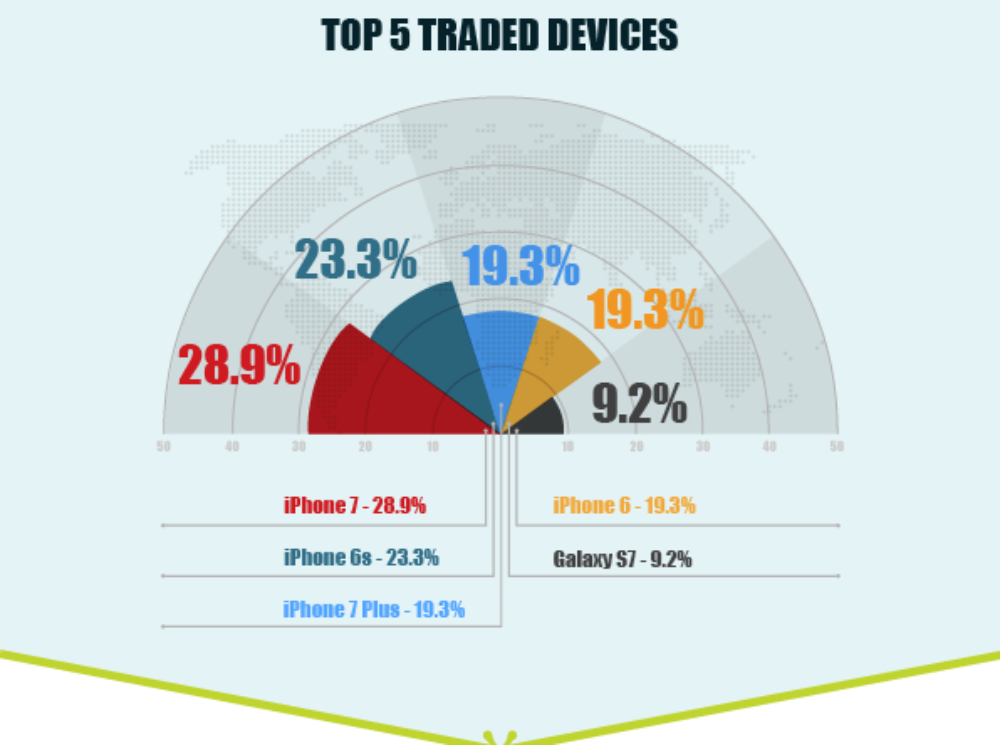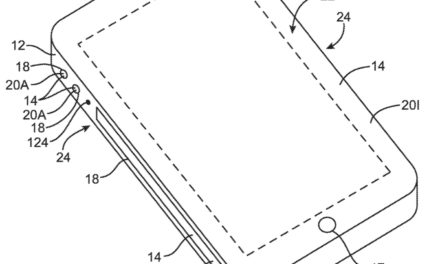HYLA Mobile, a provider of software technology and services for mobile device trade-in and reuse solutions, reveals the continued growth of trade-in programs in the U.S.
Findings from its latest quarterly trade-in trends report show that in the second quarter of the year (Q2 2019), over $455 million was returned to US consumers via trade-in programs—an increase of 10% from Q2 of 2018. HYLA’s latest data also shows that US consumers are continuing to hold onto their smartphones. In Q2 2019, the average age of a smartphone at trade-in was just over three years (3.01)—up from 2.94 years from Q1 of this year.
HYLA’s quarterly reports reveal the latest trade-in trends for North America by combining live market data with its own analytics solutions. With this data, HYLA is able to share insights on factors such as most popular devices at trade-in, average trade-in values, as well as device ages at trade-in. The key findings from its latest report are:
° Mobile device trade-ins returned over $40 million more to U.S. consumers in Q2 2019 than in Q2 2018.
° Mobile device trade-ins have grown by 10% compared to the same quarter last year.
° The average age of a smartphone at trade-in has reached 3.01 years. While the average age of an iPhone at trade-in increased to 3.11 years (from 3.01 years in Q1 2019), the average age of an Android device at trade-in was 2.78 years.
° The iPhone 7 was the top traded device for the second quarter in a row.
° The top five traded devices, in ranking order, were: the iPhone 7, iPhone 6s, iPhone 6, iPhone 7 Plus and the Samsung Galaxy S7. Samsung’s Galaxy S7 knocked the iPhone 6s Plus out from fifth position (from Q1 2019).
° The average trade-in value of an iPhone in Q2 2019 was $163.46, while the average price of an Android device was $62.25; both devices saw a decrease in value from the previous quarter (iPhone by $10.17 and the smartphone by $6.04).
° LG devices lost the most value in Q2. The LG ThinQ depreciated by 43% ($91), and the LG G8 ThinQ depreciated by 28% ($100.05).
“Year on year, mobile trade-in programs continue to grow which is a strong positive for all participants in the handset ecosystem. However, our data this quarter shows two things—that as US consumers continue to hold onto devices for longer, they are receiving less value for their older devices at the point of trade-in,” said HYLA’s President and CEO, Biju Nair. “In order for consumers to reap the real benefits of trade-in programs, and make newer devices more affordable, they need to be upgrading and trading in, in a more timely manner, if they are to maximize their device value. Operators, retailers and OEMs need to continuously promote trade-in to consumers, to ensure trade-in is top of mind as they upgrade their devices. And by collecting devices with more latent value, the opportunity to repurpose and drive profits from these devices grows for the operator, retailer and OEM, too.”
According to a study conducted jointly by HYLA and Deloitte, only 25% of the consumers buying a new handset are trading in their old one. This results in approximately 56 million devices annually idling in consumers drawers, losing value everyday. While trade-in programs continue to grow, having established programs in place becomes critical with the roll-out of 5G.
According to research from Canalys,1.9 billion 5G smartphones will ship over the next five years, with the GSMA citing that 47% of connections in North America by 2025 will be 5G. However, on a global basis, 59% of connections will still be 4G which makes the pre-owned 4G devices still desirable around the globe.
“We are seeing news almost on a daily basis about the rollout of 5G and the launch of 5G devices, and this is creating new opportunity for the industry. As consumers make the jump from 4G to 5G, the value of 4G devices during this transitional period becomes pivotal—and not just for the consumer to make 5G affordable, but for operators, retailers and OEMs too. Having the right data analytics to set enticing trade-in values while maximizing profits in the secondary market will be key,” added Nair.




